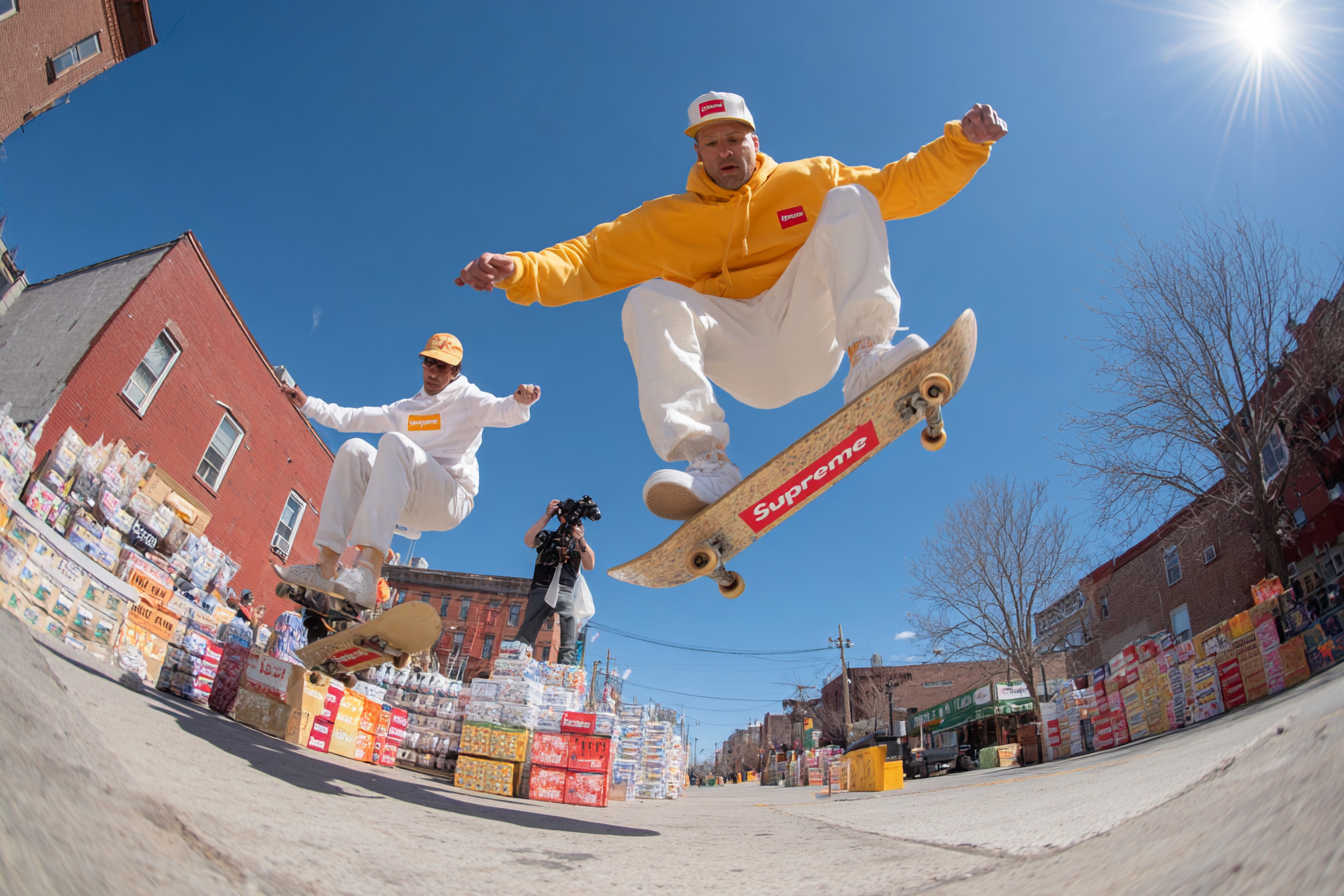The skateboarding industry has evolved drastically over the past few decades, transforming from a niche subculture into a globally recognized sport and lifestyle. With this growth, skateboarding brands face the challenge of not only capturing attention but also fostering strong connections with their audience. Marketing strategies play a crucial role in this effort, helping brands to cultivate loyal fan bases, influence trends, and maintain relevance in an ever-changing market. By exploring how skateboarding companies innovate their marketing, we gain insight into the creative ways they engage communities and stay ahead of the competition.
Overview of Marketing Trends in the Skateboarding Industry
Marketing in the skateboarding world has shifted from straightforward product promotion to a more immersive and lifestyle-oriented approach. Today’s successful brands don’t just sell skateboards or gear—they sell culture, identity, and experience. One notable trend is the emphasis on authenticity and community-driven messaging. Skateboarding, at its heart, is about freedom, creativity, and rebellion, and brands that align with these values resonate deeply with their audience.
Another growing trend involves leveraging digital platforms to reach fans directly, bypassing traditional advertising routes. The skateboarding community thrives on real-time video content, tutorials, and user-generated clips, which means brands must integrate storytelling and visual engagement into their marketing playbook.
Furthermore, inclusivity has become increasingly important. Skate brands are expanding their reach by embracing diverse voices—female skaters, younger generations, and international riders—broadening the market in authentic ways.
Digital and Social Media Tactics Used by Brands
In today’s digital age, social media is the cornerstone of skateboarding brand marketing strategies. Platforms like Instagram, TikTok, YouTube, and Snapchat allow brands to showcase slick product visuals, behind-the-scenes content, and vibrant skate videos that captivate fans.
Many brands use a mix of organic content and paid advertising to maximize reach. For example, short-form video content on TikTok capitalizes on trending audio and viral formats, making skate tricks and product showcases more shareable. Instagram Stories and Reels provide daily engagement opportunities with followers, while YouTube channels host longer-format videos, tutorials, and athlete highlights.
Brands also focus on community building through these platforms. Interactive campaigns — such as hashtag challenges, giveaways, and live Q&A sessions with pro skaters — invite fans to participate, making them feel part of the brand’s story.
In addition to content, e-commerce integration within social media helps streamline the shopping experience. Shoppable posts and links direct followers to purchase products effortlessly, turning engagement into conversions.
Sponsorships and Athlete Collaborations
One of the most powerful marketing tools for skateboarding brands is their relationship with athletes. Sponsorship deals with professional skaters serve as both endorsements and cultural signifiers. The credibility and style of these riders reflect back onto the brand’s image, helping it gain trust and appeal.
Collaborations between brands and athletes often extend beyond sponsorship logos. Co-branded product lines, signature skate decks, or limited-edition collections generate buzz and exclusivity. These products become coveted items within the community, further solidifying fan loyalty.
Moreover, brands support athletes in creating personalized video content, tutorials, and lifestyle shots that humanize the skater and strengthen emotional connections with fans. This genuine storytelling helps brands capitalize on the athlete’s influence and reach.
Event Marketing and Experiential Campaigns
Live events and experiential marketing remain core strategies for skateboarding brands seeking to create memorable, immersive experiences. Skateboard competitions, pop-up shops, demo days, and festivals offer hands-on interaction with products and promote social engagement.
Brands often sponsor or organize skateboarding contests, which serve the dual purpose of showcasing talent and creating hype around their brand name. These events draw both dedicated skaters and curious newcomers, fostering community spirit.
Experiential campaigns can also take the form of workshops, brand activations, or immersive installations that engage participants beyond the digital screen. By delivering memorable moments, brands build deeper emotional ties and generate organic word-of-mouth promotion.
Influencer Partnerships and Content Creation
Beyond traditional athletes, influencer marketing has become crucial in the skateboarding ecosystem. Influencers — who might be amateur skaters, lifestyle vloggers, or popular skater personalities — help brands tap into niche but highly engaged audiences.
Brands often collaborate with content creators for authentic storytelling. These influencers produce unfiltered content such as day-in-the-life videos, product reviews, or skate tutorials that resonate with followers. Because their content feels more relatable and less commercial, audiences respond positively, increasing trust in the brand.
Content creation partnerships extend across social media and video platforms, often blending paid promotion with organic mentions. This strategy helps brands reach diverse demographic segments and keeps their marketing dynamic and current.
Measuring Success and ROI in Skateboarding Marketing
Tracking the effectiveness of marketing efforts is essential for skateboarding brands to understand what works and optimize future campaigns. Brands use a combination of quantitative and qualitative metrics to evaluate success.
Key performance indicators include social media engagement rates, website traffic, conversion rates from digital ads, and sales numbers tied to specific marketing initiatives. Additionally, measuring brand sentiment and community feedback provides insight into the emotional impact of campaigns.
For sponsorships and events, brands analyze audience reach, media exposure, and participant feedback. This data helps justify marketing spends and guides allocation towards the most profitable channels.
Ultimately, understanding return on investment (ROI) involves balancing immediate sales boosts with long-term brand equity and community growth, as skateboarding brands often prioritize authentic relationships over quick wins.
Future Trends in Brand Marketing Strategies
The future of skateboarding brand marketing is poised for exciting innovation as technology and culture continue to evolve. One anticipated trend is the growing use of augmented reality (AR) and virtual reality (VR) to create immersive experiences — from virtual skateparks to interactive product demos that users can access from home.
Sustainability will also become a significant focus. Brands that highlight eco-friendly materials, ethical manufacturing processes, and social responsibility campaigns are likely to resonate with environmentally conscious consumers.
Personalization will increase, with brands tailoring marketing messages and product offerings based on deep consumer data insights. This could involve custom skateboards, targeted digital content, or bespoke experiences.
Lastly, community-driven platforms and decentralized marketing—where fans actively participate in content creation and brand decisions—will grow. These approaches foster even stronger loyalty and turn customers into brand ambassadors.
The skateboarding industry’s natural emphasis on innovation, creativity, and social connection sets the stage for marketing strategies that are as dynamic and engaging as the sport itself.
Capturing the Skateboarding Spirit Through Marketing
Skateboarding brand marketing is much more than promoting gear; it’s about embracing a culture that thrives on authenticity, creativity, and community. By harnessing digital trends, athlete collaborations, immersive experiences, and influencer partnerships, brands build passionate fanbases and shape the future of skateboarding. Staying attuned to emerging technologies and shifting consumer values will ensure they continue to captivate and influence generations of skaters to come.







